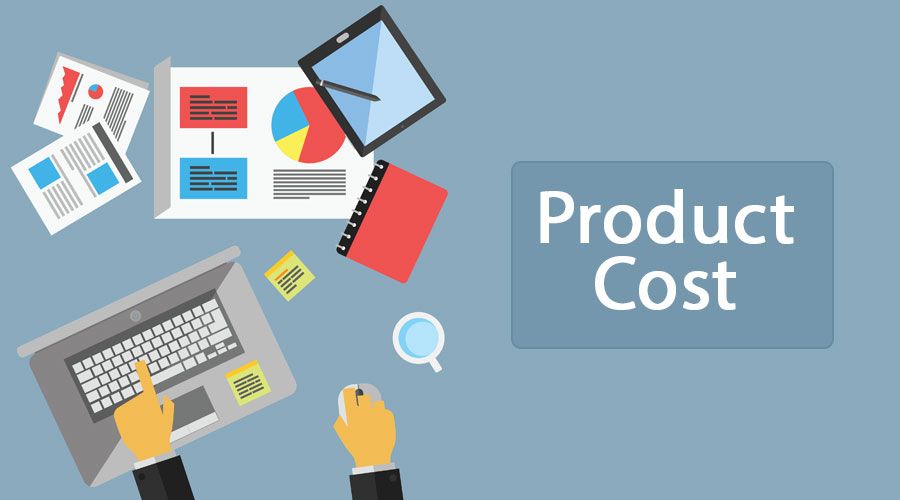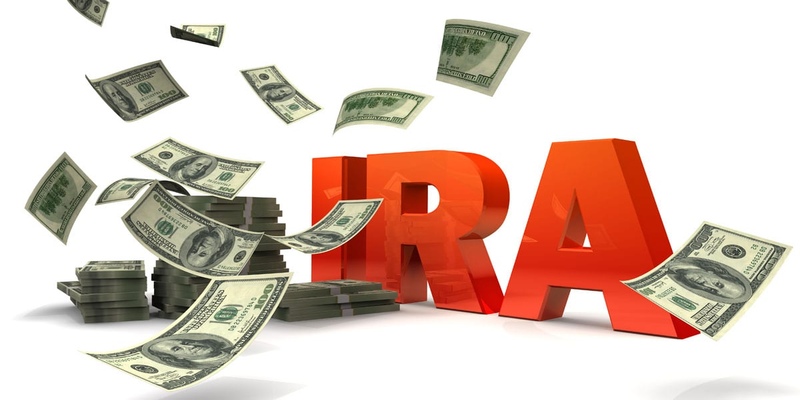A corporation's costs in creating and selling its product or service may be broken down into two categories: product and period costs. In the following, we will discuss each and the ways in which they are distinct from one another.
Product Costs
The direct costs associated with manufacturing a product are referred to as the product's costs. For instance, the following would be included in the product costs for a manufacturer:
- Direct labor
- Raw materials
- Manufacturing supplies
- Expenses not directly related to the operation of the industrial plant, such as those for energy
The product costs for a retailer would comprise the supplies acquired from a supplier and any additional costs involved in bringing the retailer's products to market. In a nutshell, product costs consist of any and all costs made throughout purchasing or producing a good or product. The costs associated with the product are often considered to be inventory. When items are sold, the costs associated with those things become a product of the costs of goods sold, shown on the income statement.

Period Costs
All costs that are not included in product costs are referred to as period costs. Costs incurred during the period in question are not directly connected to the manufacturing process. "period costs" refers to overhead expenditures, often known as sales, general, and administrative (SG&A) costs. The costs associated with the firm's corporate office and selling, marketing, and general administration of the operations are included in SG&A. The cost of an individual product or the cost of inventory is not linked to the period costs in the same way that product costs are.
As a consequence of this, period costs are recorded as an expenditure for the same accounting period in which they were incurred. Expenses related to marketing, rent not directly associated with a manufacturing plant, office depreciation is further examples of period costs. Also considered a period cost is the interest charge that must be paid on a company's outstanding debt.
Calculations
It is possible for product costs and period costs to either be stable or variable in their characteristics. Because the amount spent on production will fluctuate directly proportional to the number of goods or services produced, production costs are often considered part of an organization's variable costs. Nevertheless, the costs of equipment and operating spaces are likely to be set proportions of this total. It is possible that these costs may show under a fixed cost heading or will be reported as depreciation on a separate accounting sheet.
Therefore, the person responsible for establishing the calculation of production costs has to evaluate whether or not these costs have already been accounted for or whether or not they need to be included in the total calculation of production costs. In addition, a company's fixed and variable costs may be estimated differently at various stages of the firm's life cycle or during different accounting years. Whether the computation is being done to predict or report affects the approach that should be used.
Key Differences
The term "product cost" refers to any expense that may be directly or indirectly linked to the final product of the item being sold. Both direct and indirect costs must be accounted for, with direct labor and direct material costs. Indirect costs include manufacturing overhead. The period "period cost" refers to any expense that cannot be directly linked to a certain product. It indicates that the total cost has no bearing on the product during the period.
To put it another way, we may say that the cost of the product is the cost that is taken into account for the inventory valuation. On the other hand, the period's cost should not be considered for the inventory valuation.
If the cost is due to resources involved in manufacturing and production, then it is considered product costs. In many countries, product costs are also referred to as inventoriable costs. On the other hand, if the cost is not associated with the manufacturing process, it is considered a period cost.

The product's unit price will remain the same throughout production; the only variable that will vary is the total quantity produced; hence the cost of the product is determined based on the volume. Nevertheless, the Period cost is calculated according to time, with expenditures being more closely associated with a period than final product costs.




